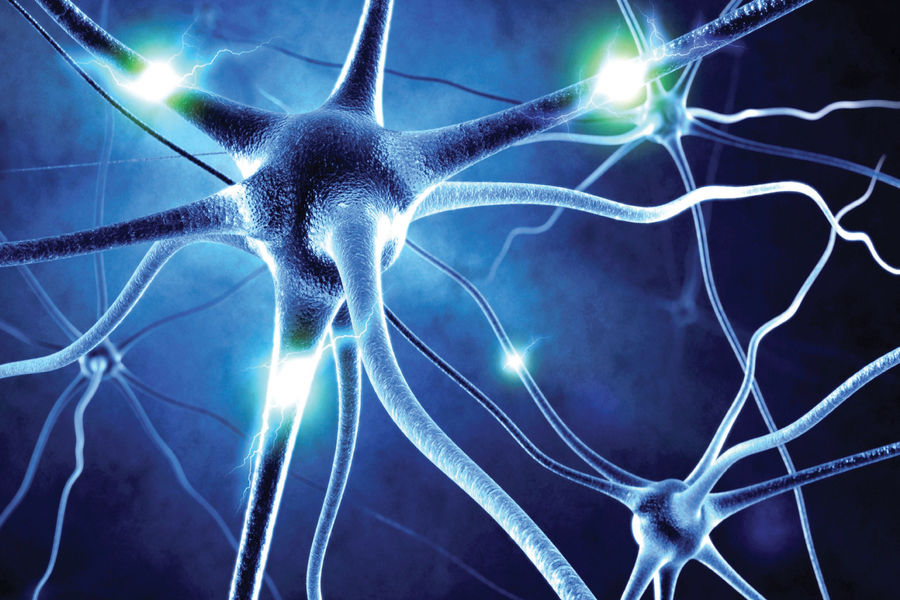Research
University Teaching Council Awards Grant to Assistant Communication Studies Professor to Review Software Applications
Kent State University’s University Teaching Council (UTC) awarded Aaron Bacue, an assistant professor in the School of Communication Studies (COMM), a 10-week Summer Teaching Development Grant (STDG) to test two software applications aimed at improving student-learning outcomes in COMM’s b…
School of Communication Studies

Faculty, Students Travel to Prague to Present at International Communication Association Conference
A mix of faculty and students from the Kent State University School of Communication Studies (COMM) will present their latest research during the 68th Annual Conference of the International Communication Association (ICA) May 24 to 28 in Prague. With more than 80 percent of its global communication …
School of Communication Studies

Psychological Sciences Graduate Students Awarded NSF Fellowships
If you compare the fields of medicine and education you would find that the former bases its practices on empirical scientific research whereas education is mainly driven by intuition. However, cognitive psychology researchers at Kent State University who investigate student achievement are trying t…
College of Arts & Sciences

Kent State Receives $2.7 Million Grant to Study Affective Disorders
Depression is the leading cause of ill health and disability worldwide. According to the World Health Organization (WHO), more than 300 million people are currently living with depression.
Kent Campus
CCI Spring 2018 Research Colloquium to Highlight the Process of a Research Agenda
The next Spring 2018 CCI Research Colloquium presentation will take place at 2:15 p.m. on Friday, April 6, in Rm. 332 of the University Library. Danielle Sarver Coombs, Ph.D., the College of Communication and Information interim associate dean for research and graduate education, …
School of Communication Studies

KSU's Sixth Annual Neuroscience Symposium will Highlight the Neuroscience of the Healthy Brain
The College of Arts and Sciences invites you to join us for the sixth annual Neuroscience Symposium on April 25-26, 2018 at the Kent State University Hotel and Conference Center. This year's topic is "The Neuroscience of the Healthy Brain," with John Cryan, PhD, as our keynote speaker on Wednesday A…
College of Arts & Sciences
Kent State Chemists Reveal Changes in the Density and Chemical Composition of Major League Baseballs
Are the new Major League baseballs "juiced"? An article on FiveThirtyEight.com goes to bat on this controversial topic and has drawn interest from several other media outlets, including ESPN, USA Today and CBS Sports to name a few. Commissioned by ESPN Sport Science, researchers i…
College of Arts & Sciences
Global Issues Forum to Address Role of Science and Global Communication
School of Communication Studies
CCI Research Colloquium Presentation on Soft Skills to be Held March 16
The third College of Communication and Information (CCI) Research Colloquium will take place at 2:15 p.m. on Friday, March 16 in Rm. 332 of the University Library. Miriam Matteson, Ph.D., associate professor and co-graduate coordinator in the School of Information, will present&nb…
School of Communication Studies
Professor Publishes Chapter Highlighting Identity Themes Portrayed in Diasporic Films
Assistant professor Rekha Sharma, Ph.D., published a chapter in the book, South Asian Diasporic Cinema and Theatre: Re-visiting Screen and Stage in the New Millennium. The book contains 17 critical essays by Indian, European, Indo-Scottish and Indo-American scholars that affirm heterogeneit…
School of Communication Studies